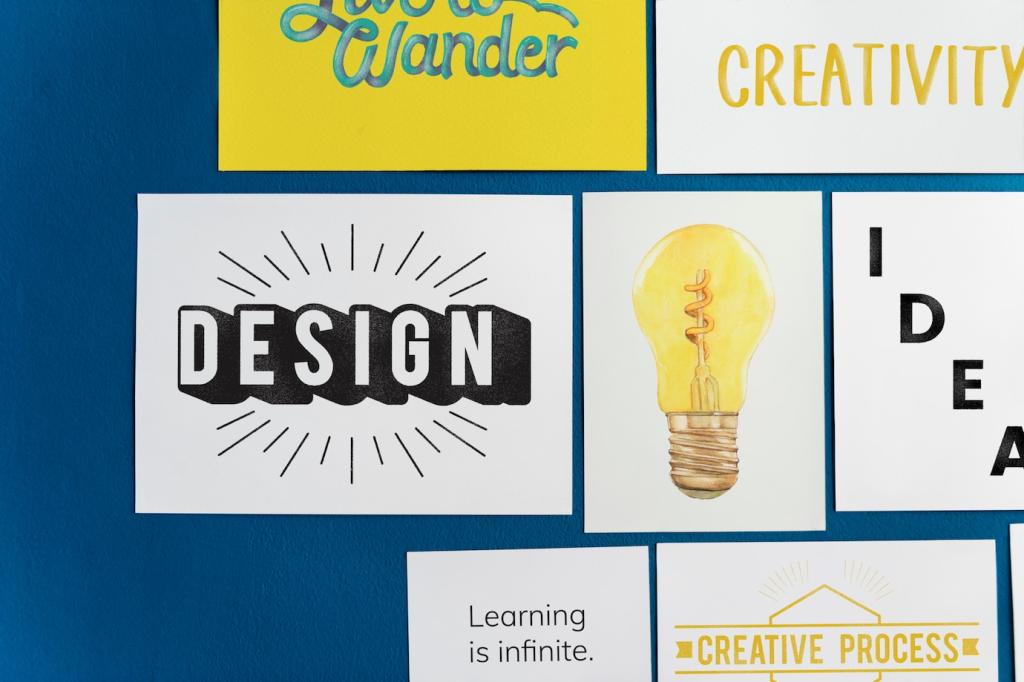Why Accessibility Transforms Online Classrooms
When Maya, a nursing student with hearing loss, finally received accurate captions, she passed pharmacology with ease. Accessibility turned late-night rewinds into clear comprehension, proving that thoughtful design can be the difference between barely coping and truly thriving.
Why Accessibility Transforms Online Classrooms
Legal requirements matter, but genuine inclusion goes further. Accessible interfaces reduce confusion, improve retention, and honor different ways of processing information. When we design for outliers, we create simpler, more supportive experiences for every learner in the course.








